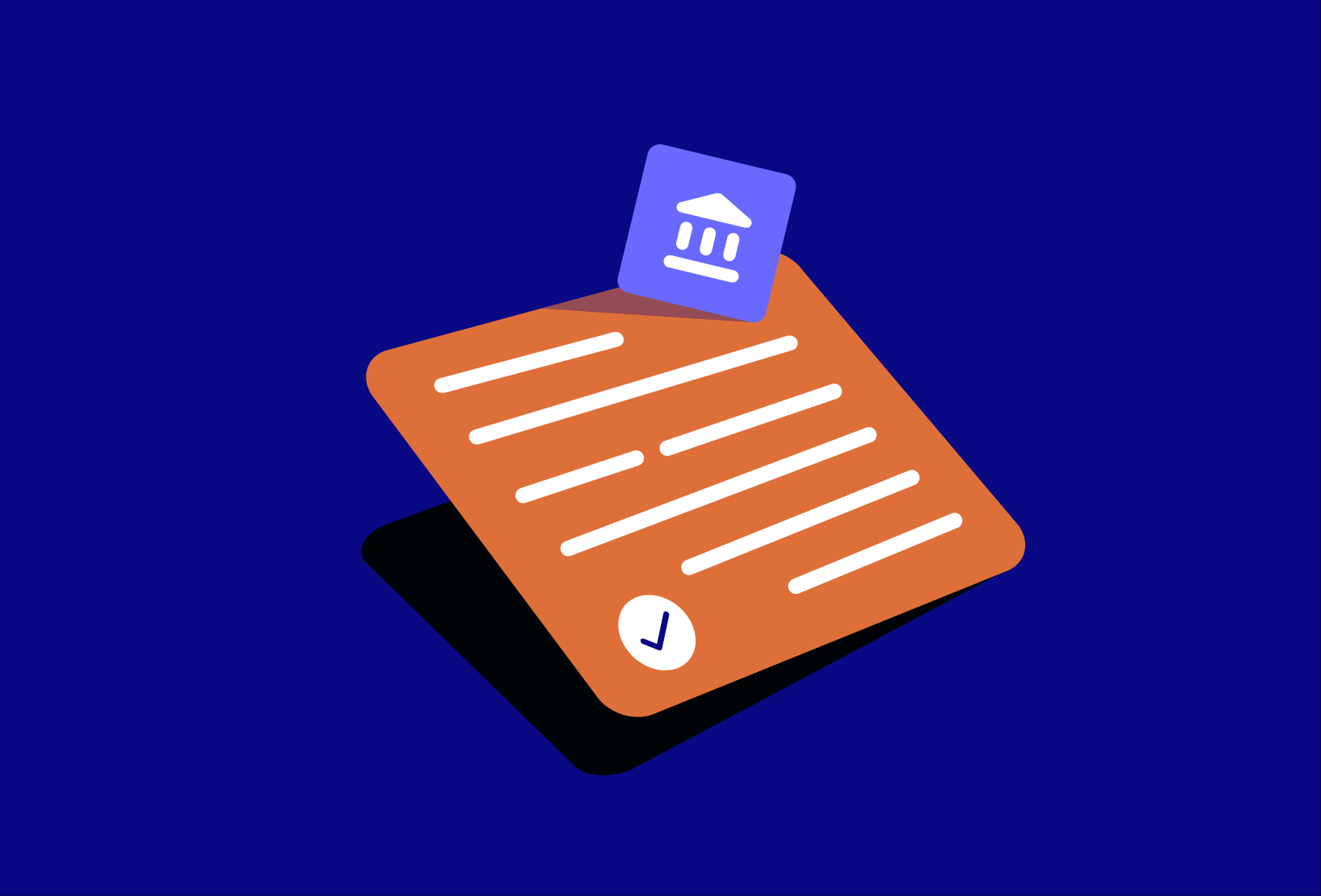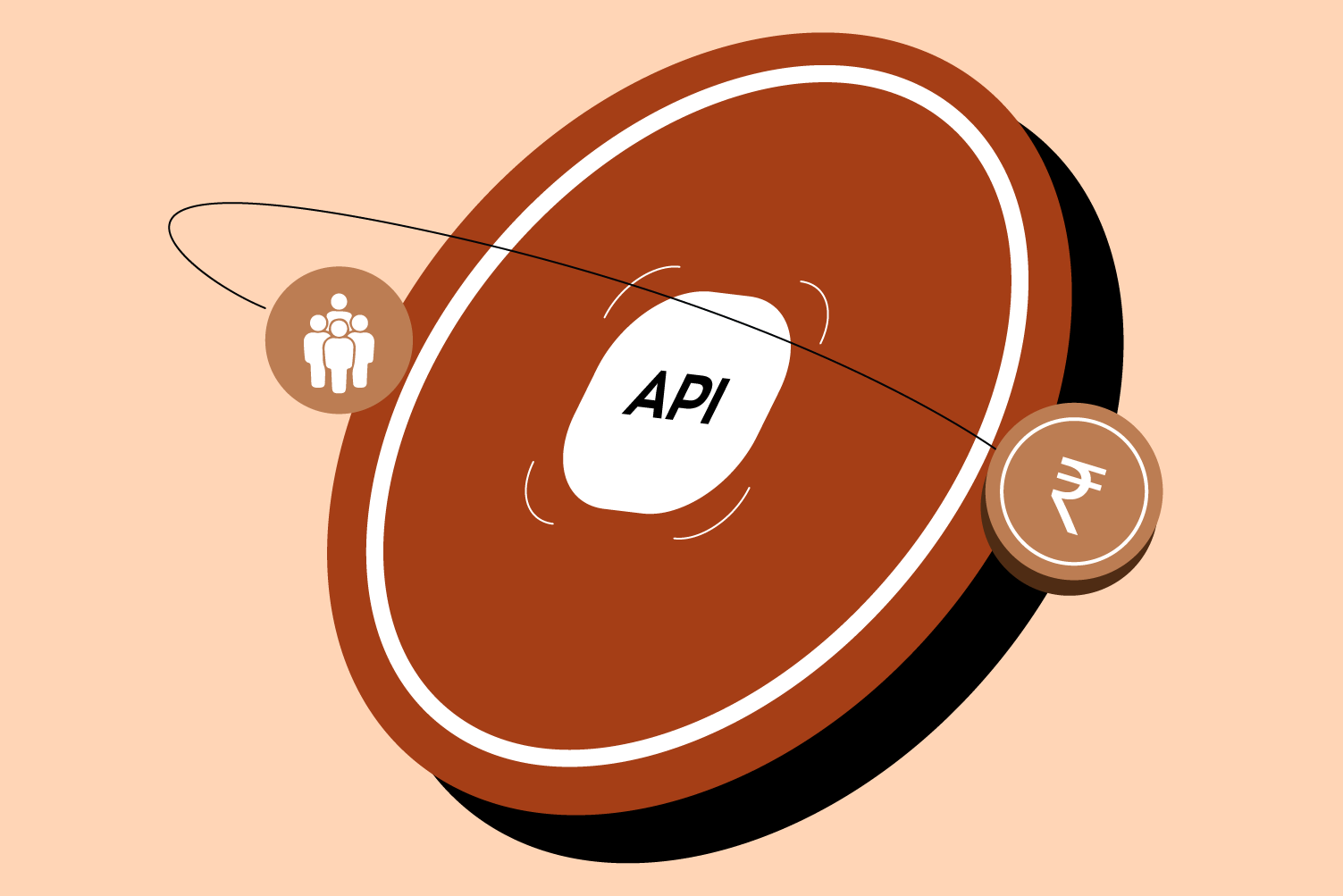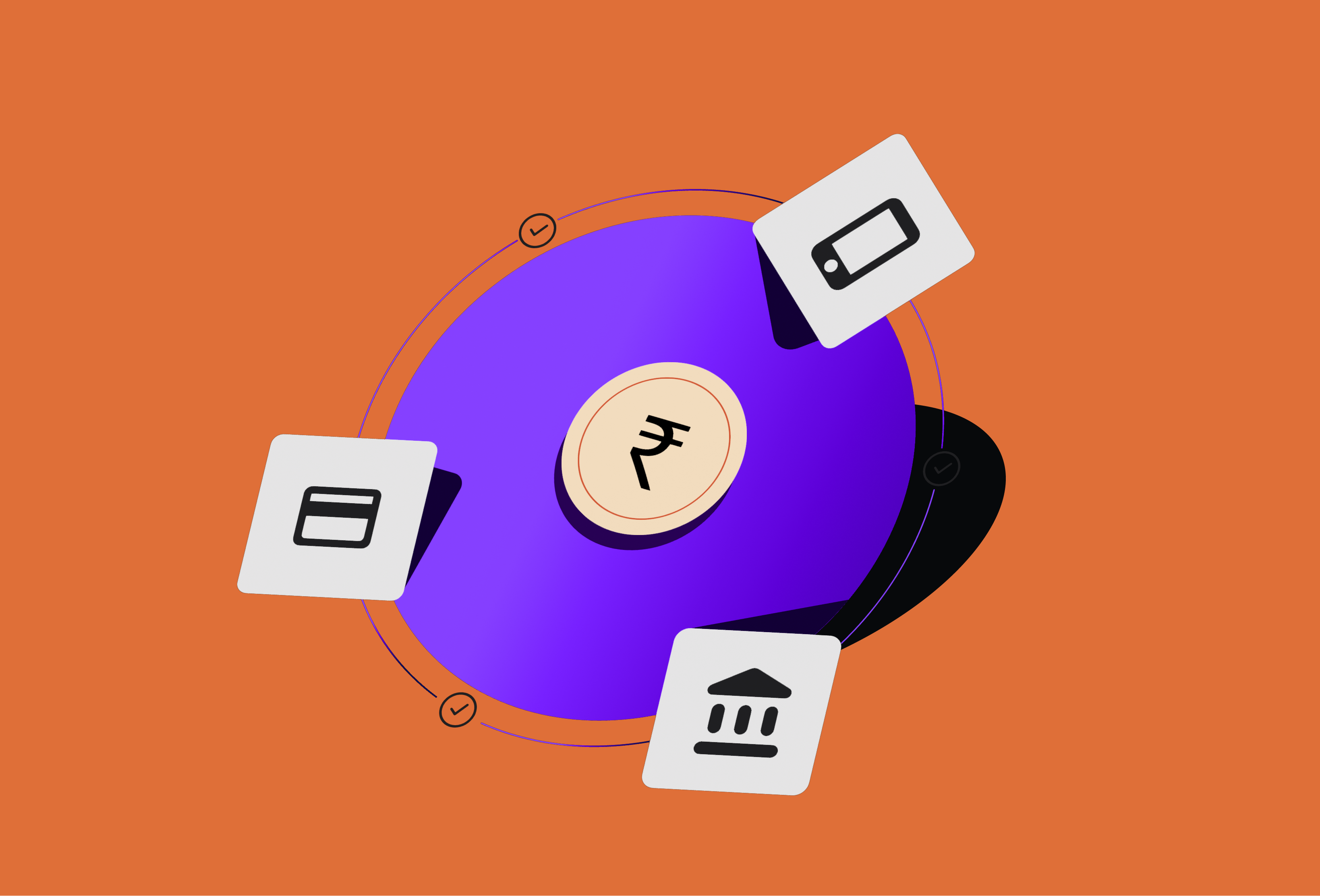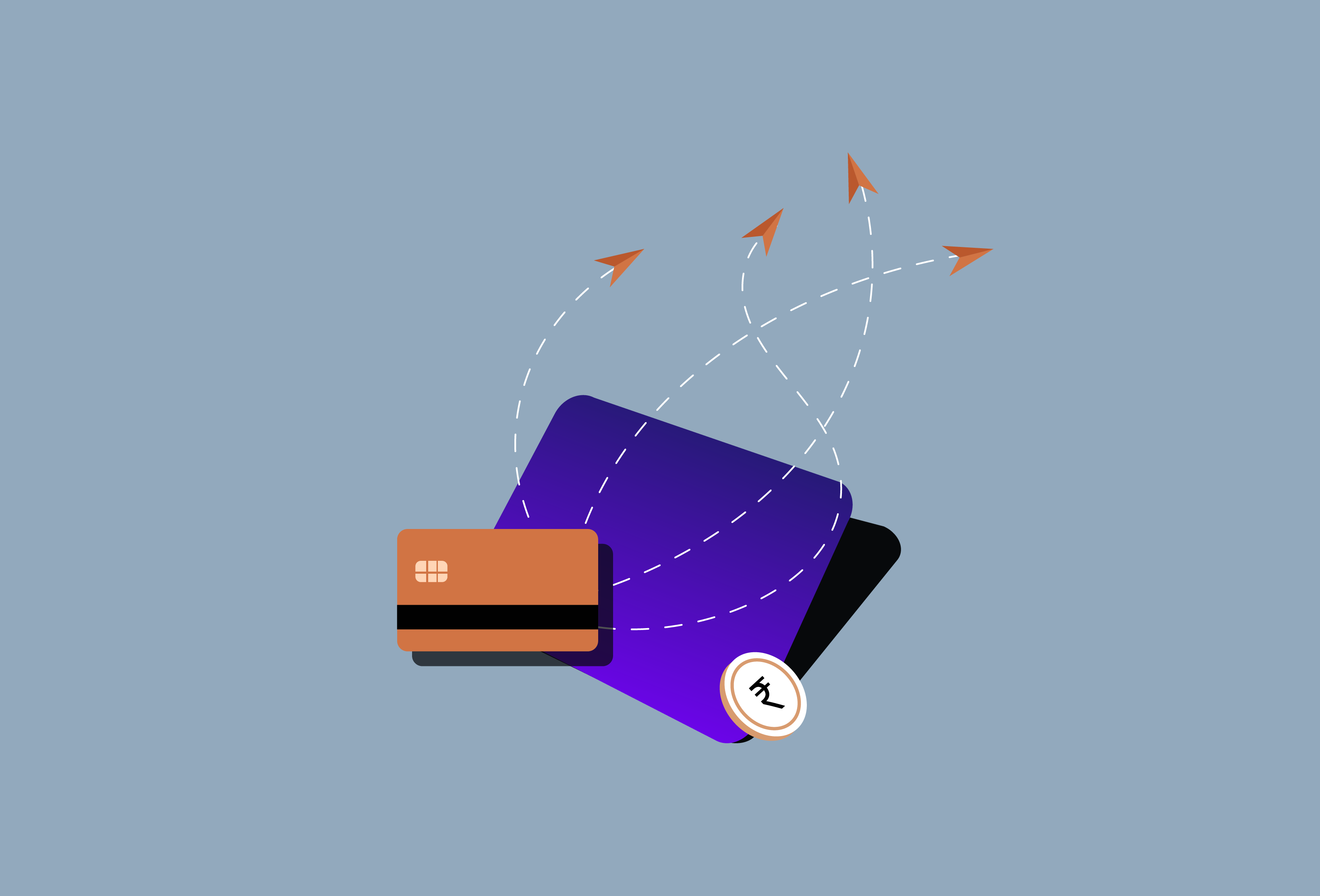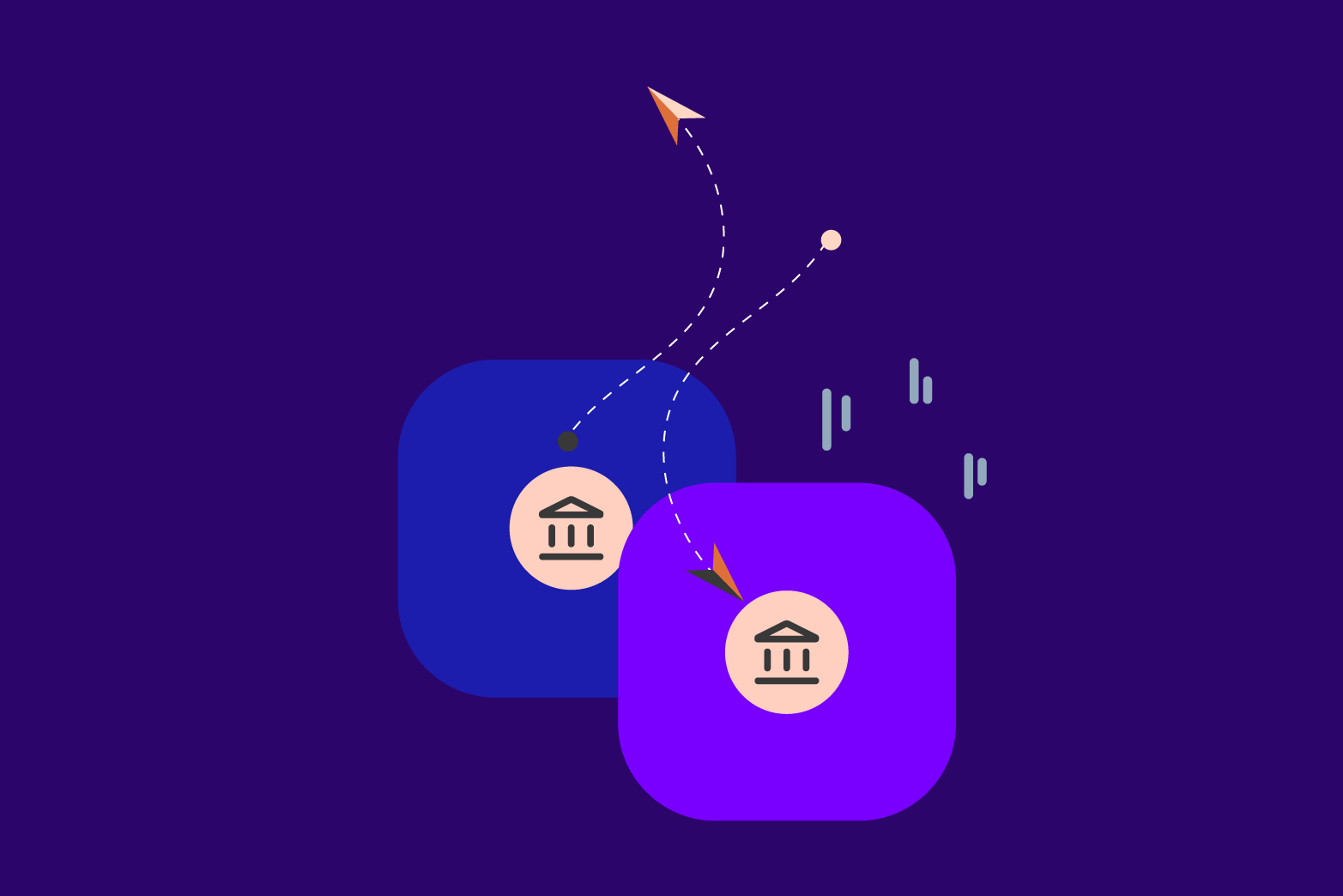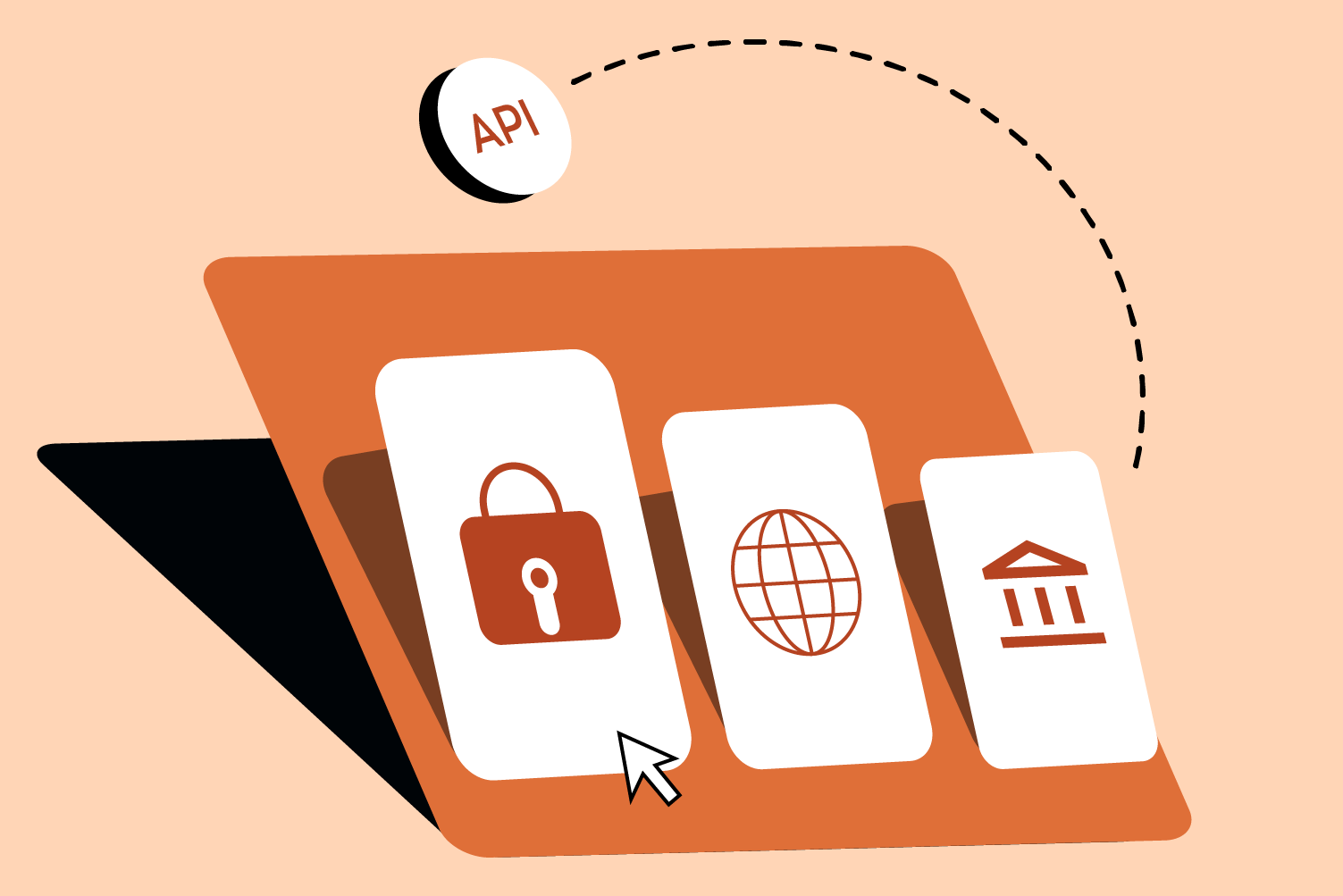From tracking payments and reconciling accounts to seeking quick access to funds, every financial operation can consume valuable time and resources. But what if there was a way to streamline these processes, gain deeper insights, and unlock new growth opportunities?
Enter API-driven banking solutions. These innovative technologies are revolutionising how small and medium-sized enterprises (SMEs) interact with their financial ecosystem, offering a level of efficiency, flexibility, and intelligence previously only available to large corporations.
What Exactly is API-Driven Banking?
At its core, API-driven banking (also known as API banking or Open Banking in a broader sense) leverages Application Programming Interfaces or APIs to create a seamless, real-time connection between a bank’s systems and other software applications. Think of an API as a digital bridge that allows different software programs to “talk” to each other securely and efficiently.
In the context of banking, this means your accounting software, enterprise resource planning (ERP) system, or even your internal financial management tools can directly communicate with your bank, automating tasks, sharing data, and initiating transactions without manual intervention or jumping between multiple platforms.
The Game-Changing Benefits for Indian Small Businesses
For small businesses, the advantages of embracing API-driven banking are manifold. It’s not just about convenience; it’s about unlocking strategic financial management that fuels sustainable growth.
Real-time Visibility and Control
Gone are the days of waiting for end-of-day statements or manually updating spreadsheets. With API-driven banking, you get an immediate, comprehensive view of your financial health.
- Instant Balance Checks: Know your exact cash position at any moment, helping you make informed decisions about purchases, investments, or debt repayments.
- Live Transaction Feeds: View every incoming payment and outgoing expense as they occur, enabling quicker reconciliation and enhanced fraud detection.
- Centralised Financial Data: Consolidate data from various accounts and payment gateways into a single dashboard. This means less time spent logging into different portals and more time analysing your business performance.
Pro Tip for Indian Businesses: Imagine you run an e-commerce store. With API banking, as soon as a customer completes a purchase, the payment is instantly reflected in your accounting software, and your inventory system can be updated in real-time, eliminating manual updates and reducing errors.
Enhanced Efficiency Through Automation
Automation is where API banking truly shines for small businesses. It takes the repetitive, time-consuming financial tasks off your plate, freeing you up to focus on core business functions.
- Automated Reconciliation: Match payments received with invoices automatically, drastically reducing the time spent on manual reconciliation and minimising human error.
- Streamlined Payments: Automate bulk payments to vendors, salaries to employees, or recurring utility bills directly from your accounting system.
- Automated Expense Tracking: Seamlessly integrate your business expenses with your banking data, streamlining tax preparation and budgeting.
Realistic Example: A small manufacturing unit in Coimbatore can set up automated payments to its raw material suppliers based on predefined schedules or trigger payments upon successful delivery confirmation, all without a single manual bank transfer. This not only saves time but also improves vendor relationships by ensuring timely payments.
Faster Access to Credit and Financial Services
One of the biggest hurdles for small businesses is often access to timely and affordable credit. API-driven banking is a game-changer here, providing lenders with the real-time financial data they need to make faster and more informed decisions.
- Accelerated Loan Applications: By securely sharing your live transaction data and cash flow patterns, you can significantly speed up the loan application process. Lenders get a more accurate and up-to-date picture of your creditworthiness, leading to quicker approvals for vital funding.
- Tailored Financial Products: With a deeper understanding of your financial behavior, banks and financial institutions can offer more customised loan products and services that truly fit your business needs, such as flexible repayment options or unsecured business loans designed for rapid growth.
- Improved Credit Scoring: Consistent, real-time data flow can help build a stronger financial profile, potentially leading to better credit scores and more favorable loan terms in the long run.
Stronger Security and Reduced Fraud
While the idea of data sharing might raise security concerns, API-driven banking solutions are built with robust security protocols.
- Encrypted Data Exchange: All data transfers between systems are highly encrypted, ensuring your sensitive financial information remains protected.
- Consent-Driven Access: You always have control over what data is shared and with whom. No information is exchanged without your explicit consent.
- Reduced Manual Risk: Automating transactions and data entry reduces the chances of human error and internal fraud.
Pro Tip: Always choose API providers that adhere to the highest security standards and data privacy regulations, giving you peace of mind. Zwitch, for instance, is built with enterprise-grade security, PCI DSS compliance, and robust data privacy practices at its core to ensure your operations are always secure.
Deeper Financial Insights and Better Decision-Making
Beyond automation, API banking empowers you with actionable insights that were previously difficult to obtain.
- Advanced Analytics: Connect your banking data with analytics tools to identify spending patterns, forecast cash flow, and spot trends that can enhance your business strategy.
- Personalised Financial Advice: Some API-driven platforms can provide tailored recommendations based on your financial habits, helping you optimise your spending or identify areas for savings.
- Budgeting and Forecasting: With real-time data, creating accurate budgets and cash flow forecasts becomes much simpler and more reliable.
Realistic Example: A small textile exporter in Tirupur can use API-driven insights to analyse currency exchange rate fluctuations against their international payments, helping them make smarter decisions on when to initiate transactions to maximise their profits.
Frequently Asked Questions (FAQ)
What is API-driven banking in simple terms?
API-driven banking allows different software programs (like your accounting software) to securely talk to your bank’s systems in real-time, automating financial tasks and sharing data with your permission.
Is API-driven banking safe for small businesses?
Yes, it’s very safe. API-driven solutions use advanced encryption and security protocols. You also have complete control over what data is shared and with whom, ensuring your financial information is protected.
Do I need to be a tech expert to use API-driven banking?
No, you don’t. While the technology behind it is complex, the user interfaces of API-driven banking solutions are designed to be intuitive and user-friendly for business owners.
What kind of data can be shared via API banking?
With your consent, data like account balances, transaction history, and even payment statuses can be securely shared to streamline various financial processes.
Can API banking integrate with my existing accounting software?
Many API-driven banking solutions are designed to seamlessly integrate with popular accounting software and ERP systems, allowing for automated reconciliation and data synchronization.
How does API banking save my business money?
By automating manual tasks, reducing errors, optimising cash flow management, and potentially helping you secure better loan terms, API banking can significantly reduce operational costs and improve financial efficiency.
What’s the difference between API banking and internet banking?
Internet banking is primarily a user-facing platform for you to manually perform transactions. API banking, on the other hand, is a backend technology that allows different software systems to communicate and automate financial processes directly with your bank, without manual intervention.
Can I manage all my bank accounts through one API-driven platform?
While it depends on the specific platform and integrations, many API-driven solutions aim to provide a consolidated view of your financial data from multiple sources, offering a more holistic financial overview.
How quickly can I start using API-driven banking solutions for my business?
The implementation time can vary depending on the complexity of your business needs. However, Zwitch’s modern API-driven platforms offer quick onboarding processes, often allowing businesses to go live in a matter of hours or days, with comprehensive documentation and developer-friendly tools.




